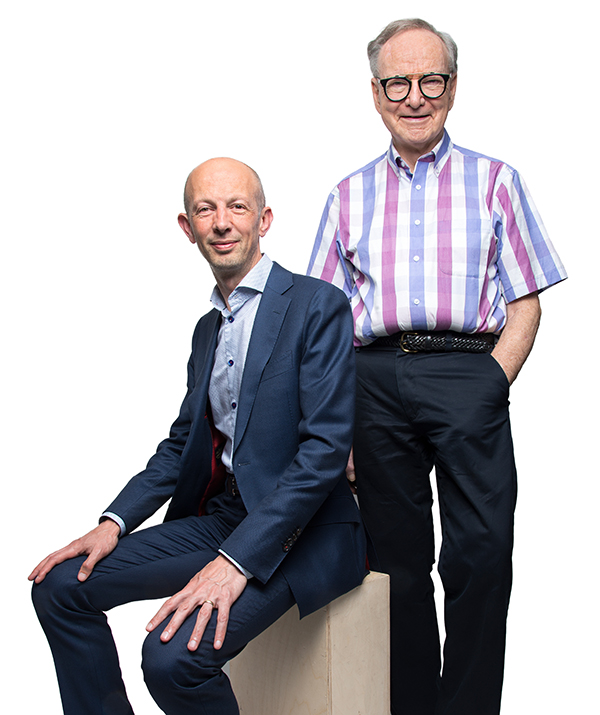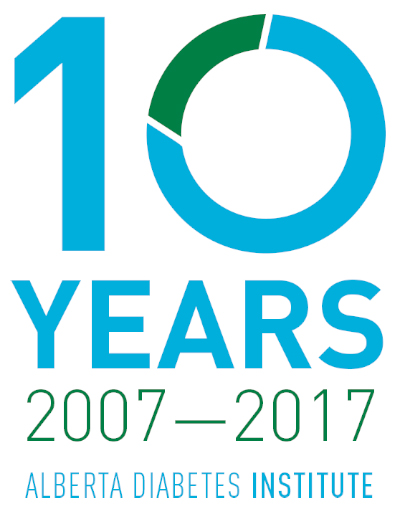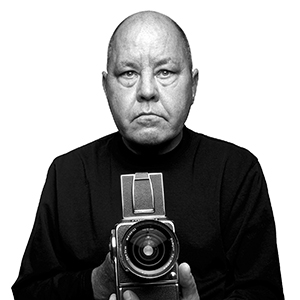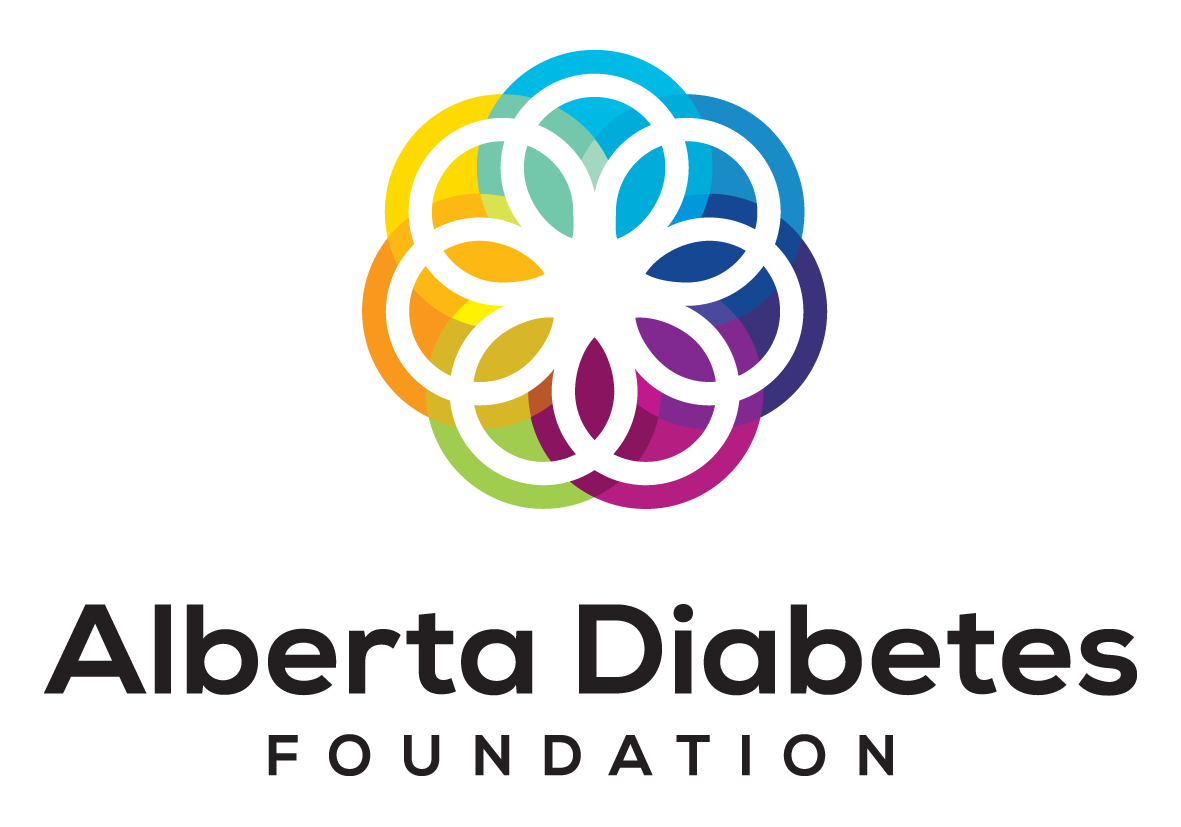BOB - Portraits of Diabetes

BOB
Type 1 diabetes-diagnosed 1961
When I was diagnosed, [I] was told … there weren't any days off, there weren't prospects for cures. So when I was given the opportunity to participate [in the Edmonton Protocol] it was really like a miracle.
On the sixth floor of the Alberta Diabetes Institute, Bob Teskey looks out a wall of windows at the expansive view of the University of Alberta campus. New structures intermingle with the original buildings and pathways that Teskey traversed years ago as a young student of the arts, and later law.
At 14, Bob was diagnosed with type 1 diabetes, an autoimmune disorder in which the body attacks insulin-producing cells in the pancreas, often resulting in irregular blood-sugar levels. While some people with diabetes can tell when their blood sugar dips-they sweat or feel weak or nauseated-Bob would feel fine one minute and be unconscious the next.
"One of the strategies you have is that you don't let it be all consuming," says Bob. "You carry on with your life."
Bob did that by becoming a lawyer, managing his diabetes alongside a demanding professional schedule until he got a call from his endocrinologist in 1999. The doctor told him his undetected low blood-sugar levels made him eligible to be one of seven to take part in the clinical trial of the Edmonton Protocol. Donor islets-cells within the pancreas that produce insulin-would be transplanted into his liver with the hope they'd produce insulin.
For Bob, it wasn't a question of whether he should do it; he simply asked where and when he should arrive. "When I was diagnosed, I was told there weren't any days off, there weren't prospects for cures. So when I was given the opportunity to participate it was really like a miracle," says Bob.
Islet transplant research at the U of A began in the 1970s, and the university performed Canada's first islet transplantation in 1989. By 1999, nearly 270 patients had undergone this procedure, but only 10 per cent maintained insulin independence beyond a year. With the Edmonton Protocol, all patients remained insulin independent after one year and many reached five years of independence. Bob achieved four years of insulin independence with his first transplant, and another four and counting now with the second. The procedures dramatically improved his quality of life.
Results of the trial were published in the New England Journal of Medicine in 2000 and have set the international gold standard for islet transplantation-more than 500 have been performed to date.
"Most of the health advances are a result of hard work done by research scientists who have good ideas and are quite prepared to spend days or weeks or years testing those ideas," says Bob. "I don't think most people fully appreciate that. They just assume that if we put our mind to it we can solve almost any problem, but the number of false starts and blind alleys we have to go down before we get to the finish line is really quite remarkable."
The Alberta Diabetes Institute has been built upon the remarkable legacy in University of Alberta diabetes research that extends from the first clinical use of insulin nearly 100 years ago to leading the world in islet transplantation today.
Photography: Richard Siemens Writer: Caroline Barlott Editor: Sasha Roeder Mah Creative Director: MJ Fell







